Category: Other Livestock
-
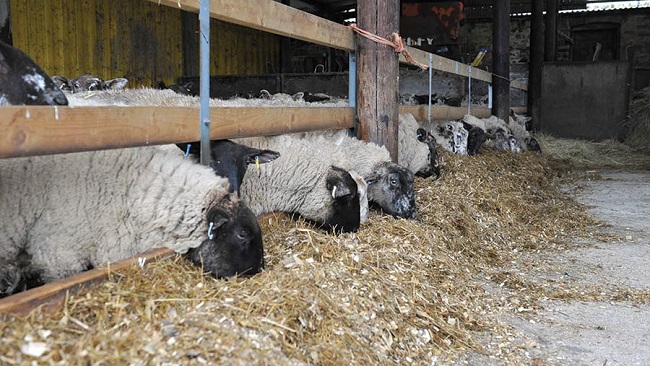
How to Feed Silage to Sheep
Many sheep producers are looking for alternatives to forages. It is important to consider all the alternatives. Silage is an excellent alternative to hard-to-find high quality hay. Below are some specifics to the preparation as well as the feeding of silage. There are also precautions mentioned for feeding silage to sheep which need to be […]
-
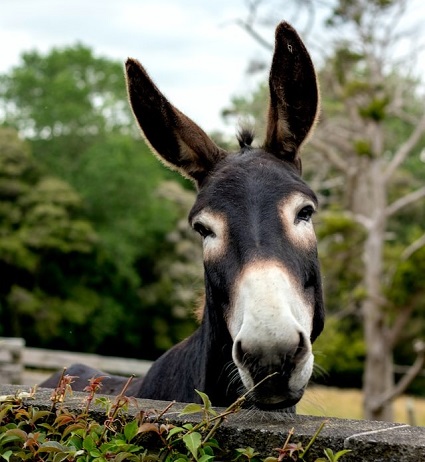
The Versatile Donkey is Everything from a Protector to a Babysitter
Donkeys come in a variety of sizes from the Miniature Mediterranean that is under 36 inches, to the elegant Mammoth Jackstock that is 14 hands and up. The rare French Poitou donkey, characterized by its huge head and ears, and very thick, shaggy, curled black coat, can stand up to 15 hands high. Unfortunately, there […]
-
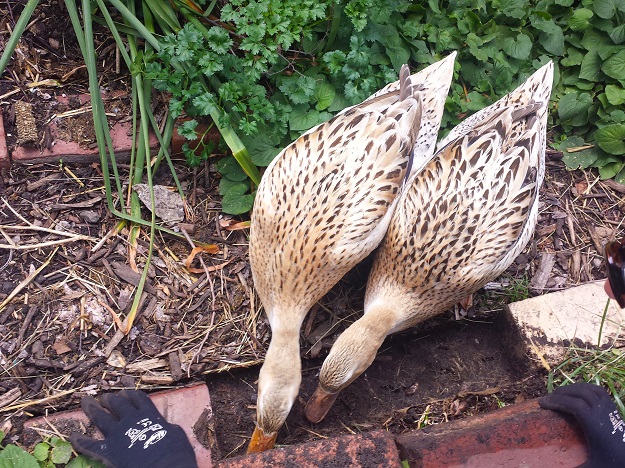
7 Must Have Nutritional Supplements for Ducks
This article contains a list of supplements you can give to your ducks to promote good health or to help with certain health problems. Vitamins and Electrolytes These come in a powder that can be mixed with feed or water in a daily or weekly dose. Though they are most often recommended for ducklings or […]
-
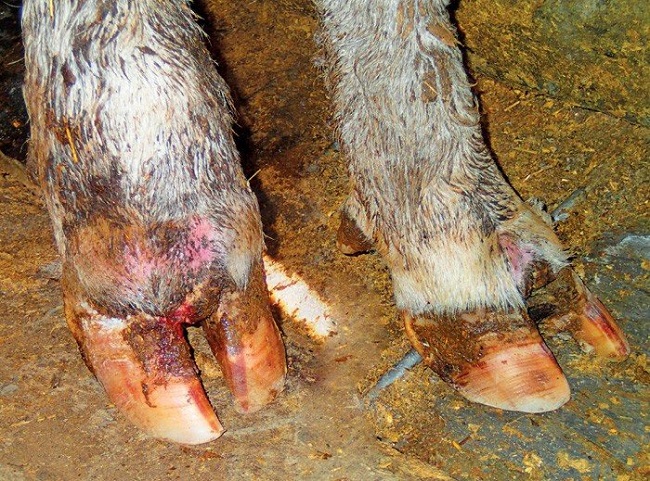
How to Treat Foot Rot in Beef Cattle
The primary infectious agent for foot rot is Fusobacterium necrophorum, which is an anaerobic bacterium. Anaerobic bacteria will only grow in the absence of oxygen. Other bacteria such as Bacteroides melaninogenicus, Staphlococcus aureus, Eschericia coli, and Actinomyces pyogenes will increase the virulence of F. necrophorum and, therefore, increase the incidence and severity of disease. F. […]
-
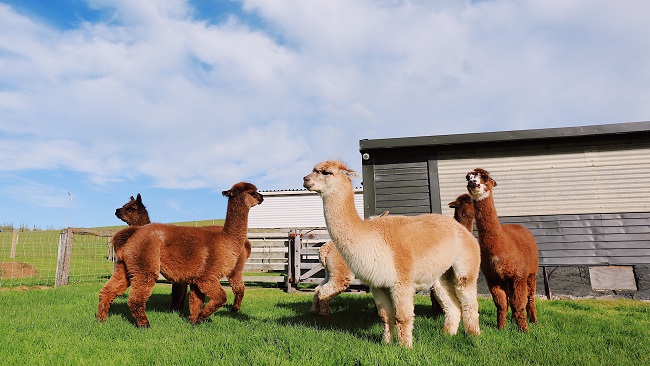
Frequently Asked Llama and Alpaca Questions
Llamas and alpacas are becoming more popular. They can also be a good livestock investment and be good pets. Listed below are the answers to the most common questions about them. Where are They Originally From? Llamas and alpacas come from Peru, Bolivia, and Chile, in the high plains areas called the Altiplano (elevation: 8,000’-15,000’). […]
-
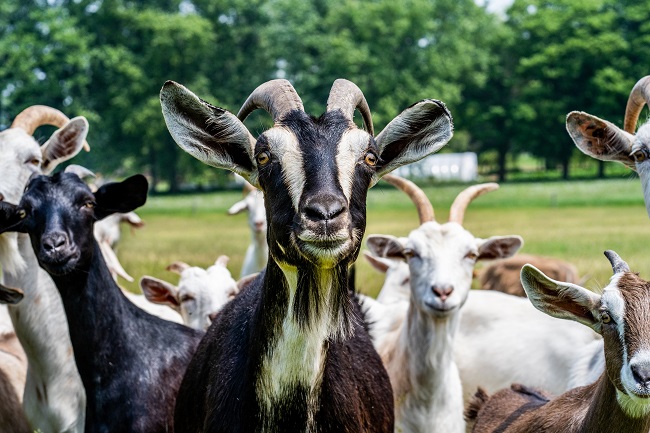
Proper Goat Herd Health Procedures for Breeding
The goal of any goat-herd health program should be to increase efficiency and productivity. Herd health programs should include general husbandry, nutrition, and parasite and vaccination programs. Your emphasis should be on disease prevention rather than treatment. There are three major approaches for disease control: #1 Keep resistance high. #2 Avoid exposure. #3 Recognize and […]
-
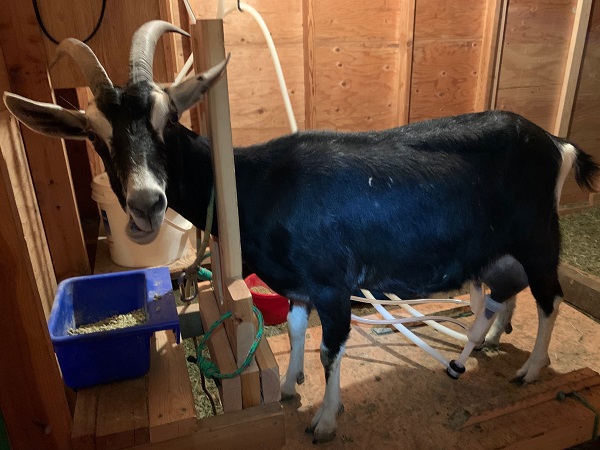
How Milk Secretion Differs in Goats and Cattle
The most obvious difference in anatomy is that there are only two teats on the goat udder vs. four on cow udders. Less obvious is the relatively larger inside volume of the teat and gland cysterns. That is why good goat udders look much more collapsed and emptier after milking than cow udders. The smaller, […]
-
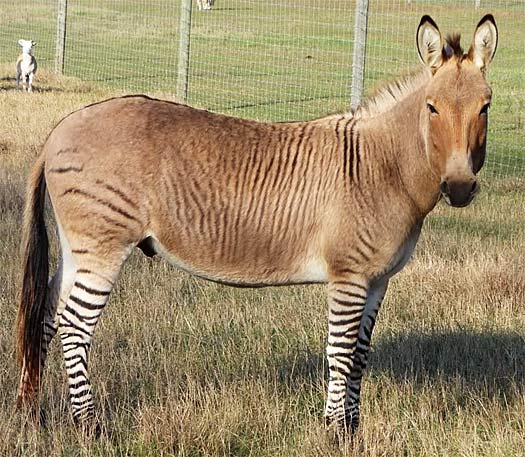
What Are a Zorse and a Zonkey?
A zorse, zonkey or hebra sound like creatures in a Dr. Seuss book, but they are real animals. A zorse is a cross between a zebra stallion and a horse mare. The zorse takes the color or dominant color gene of the mare and the zebra sire gives it stripes. A hebra is a cross […]
-
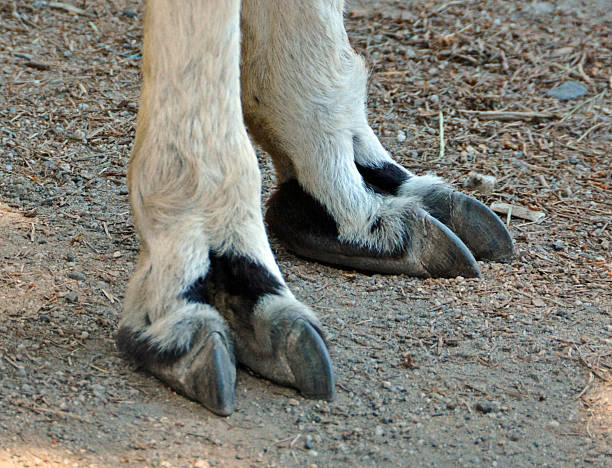
Why and How to Trim Alpaca and Llama Toenails
Llamas and Alpacas seldom have problems associated with their feet. They normally walk on their middle and distal (furthest out) bones in their feet, called phalanges. These are anatomically equivalent to the bones of the middle part and tip of our fingers. The toenail surrounds and protrudes from the tip of each distal phalanx. The […]
-
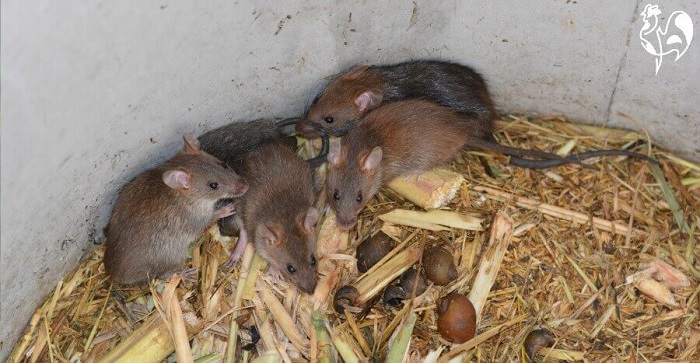
How to Keep Rats Away From Your Poultry
Rats are primarily nocturnal animals, so if you are regularly seeing them in the day, it probably means that you have a lot of them. They are not interested in your chickens, but they are interested in the food that your chickens are eating. Having said that, they will attack (and kill) chicks, and they […]